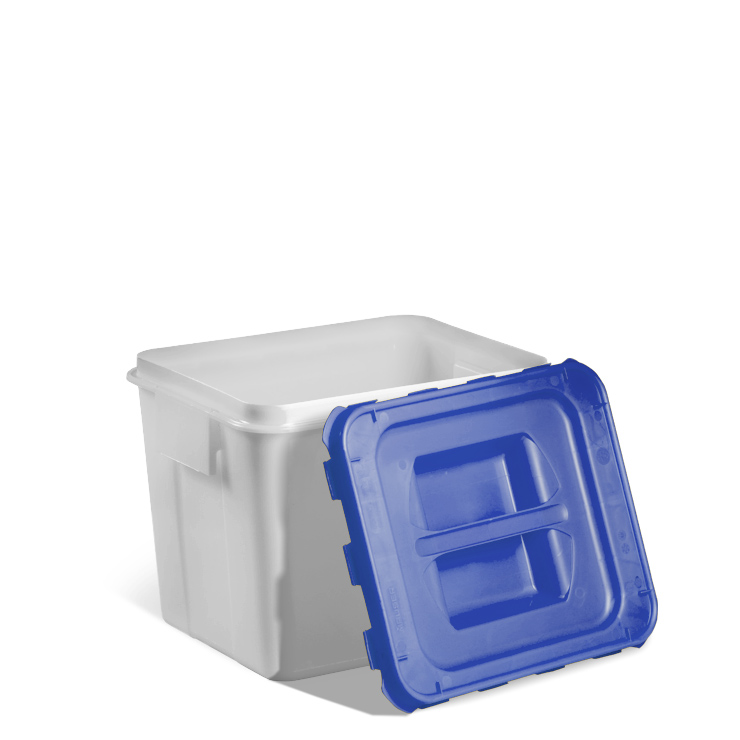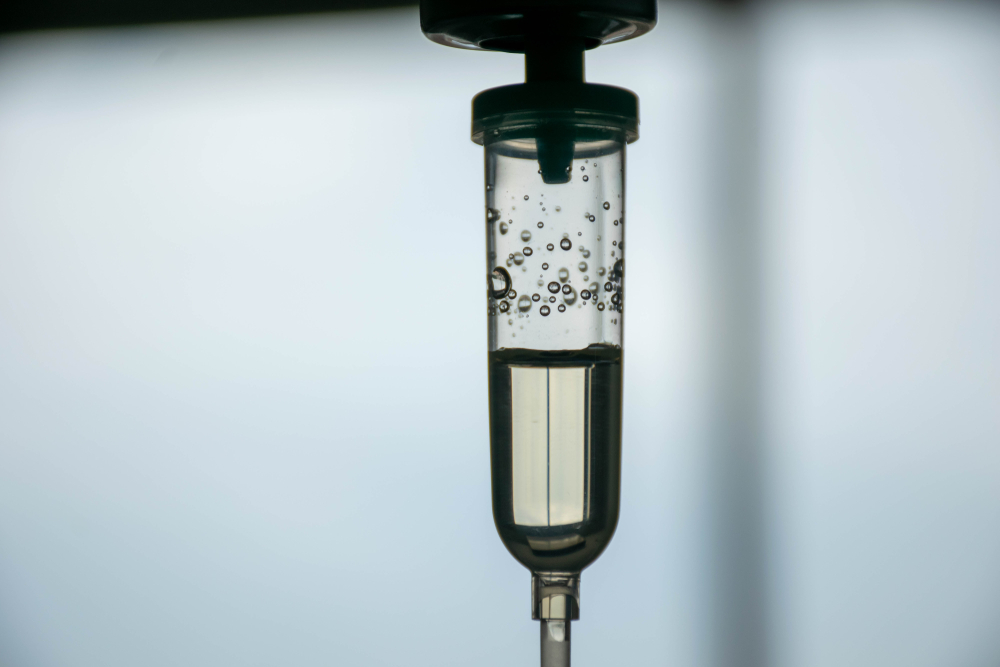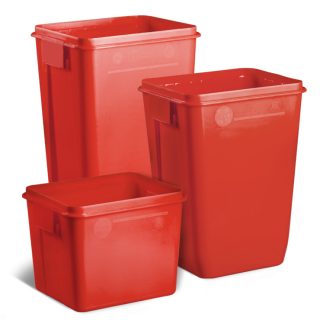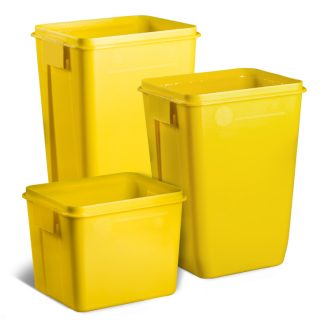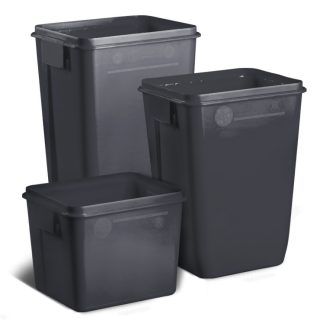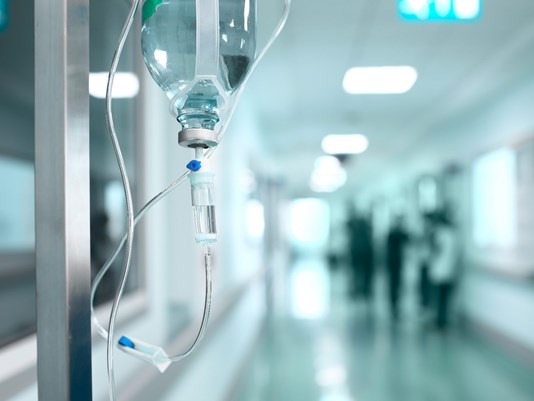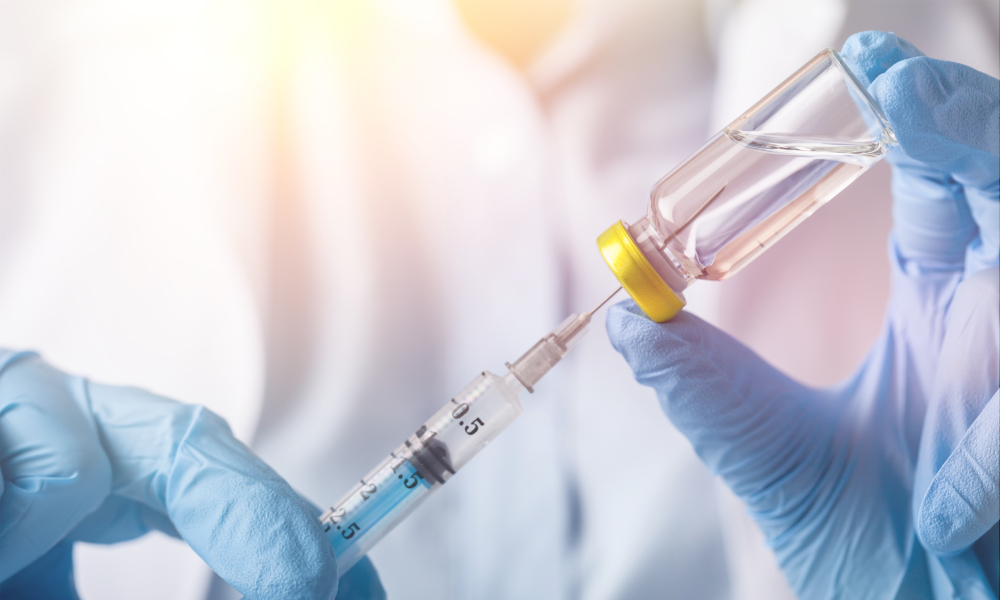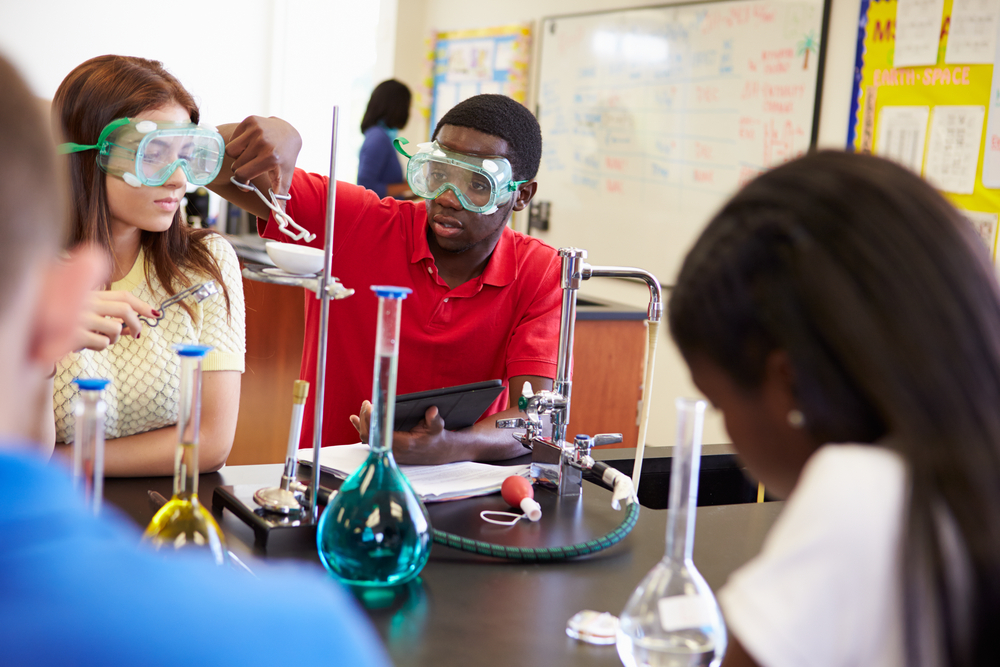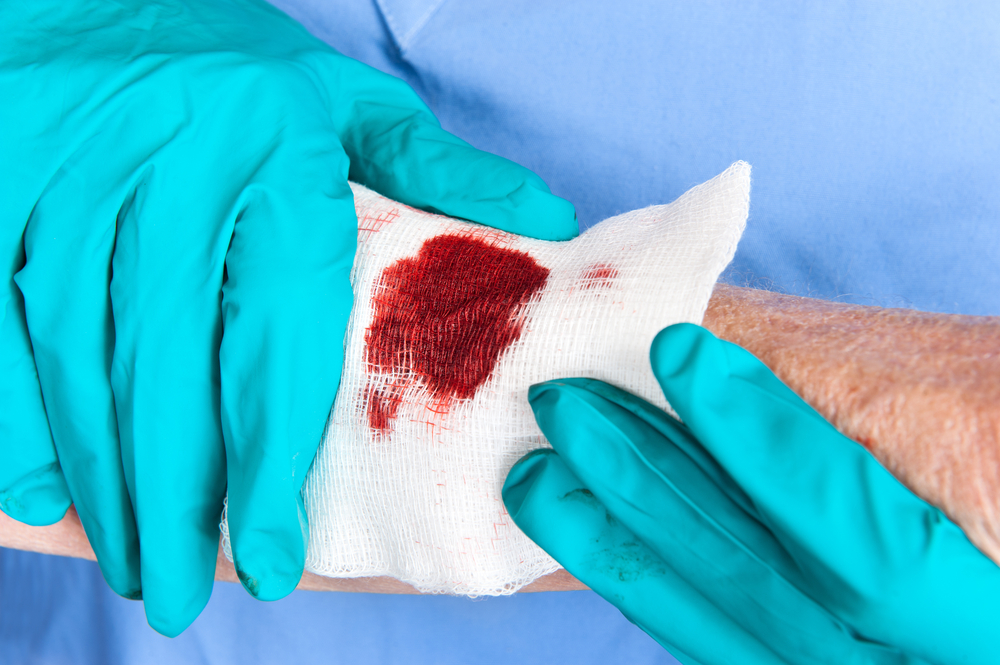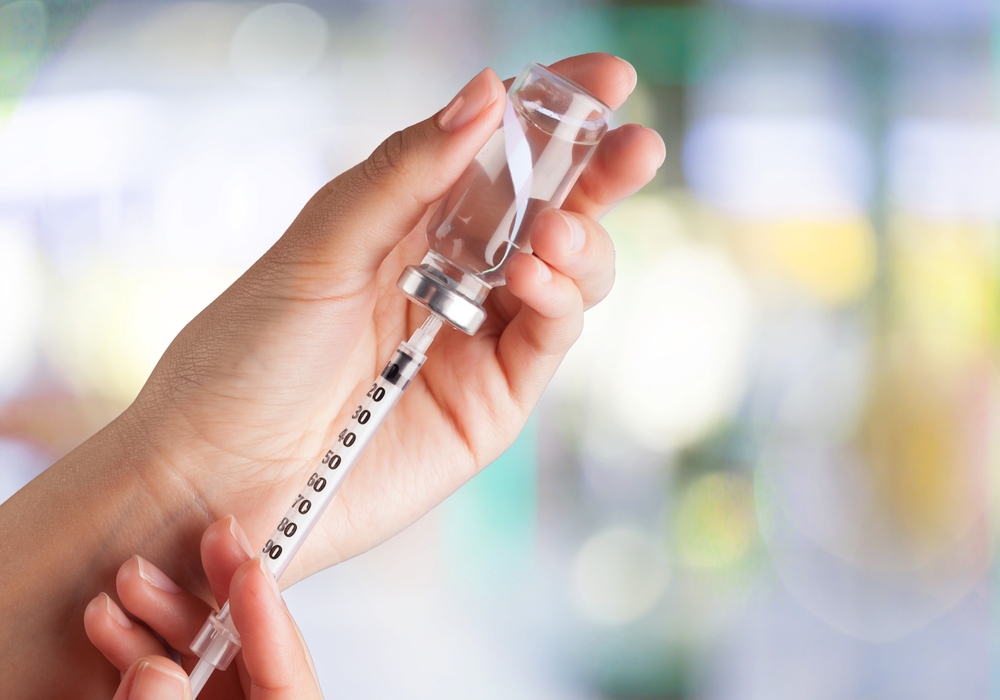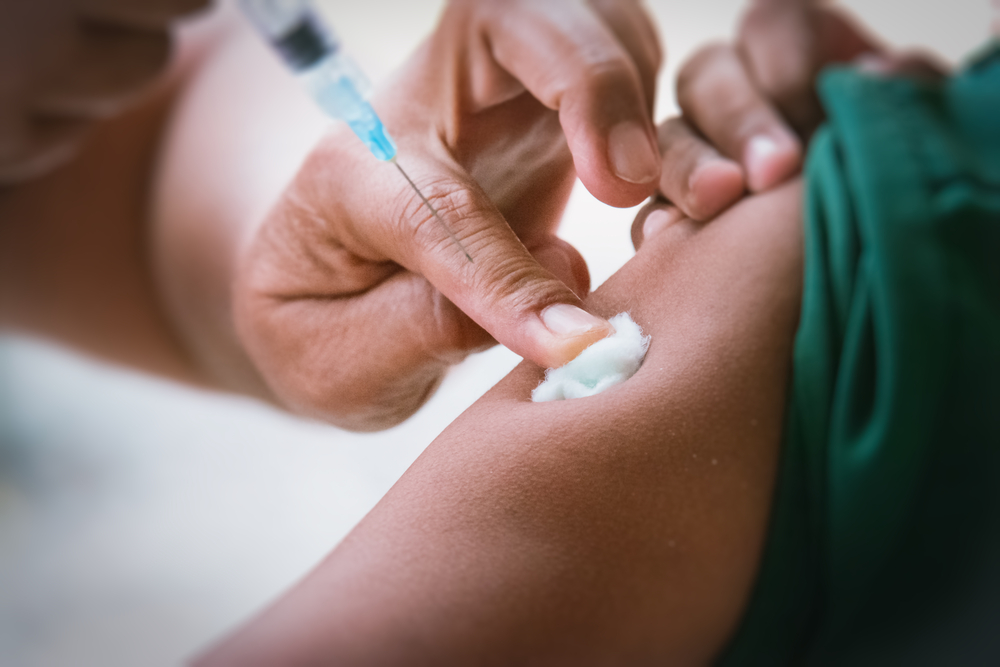Medical Waste
Medical Waste Segregation Series: Blue Containers for Pharmaceutical Waste
Blue medical waste containers are designated for disposal of pharmaceutical waste. If you’ve been following along with our Medical Waste Segregation Series you’ve likely learned some valuable information on why a color-coding system for containers is necessary for both safety and sanitation at medical and healthcare facilities.
Read MoreRed Bags December Blog Round Up – December 2018
ICYMI: Here’s a quick rundown of the topics we’ve been discussing over on the Red Bags blog in December.
Read MoreMedical Waste Segregation Series: Red Sharps Containers vs. Red Bags
Learn the difference between red bags and red sharps containers as part of our medical waste segregation series.
Read MoreMedical Waste Segregation Series: Yellow Containers
Chemotherapy medical waste is hazardous because it is pharmaceutical waste that includes drugs which can be harmful when in contact. Medical waste segregation is the practice of separating all hazardous solid and non-solid waste into clearly marked containers for proper handling, processing, and disposal. Following these rules will keep the public and the environment safe.…
Read MoreMedical Waste Segregation Series: Black Containers for Hazardous Waste
In this post, we’re looking specifically at black containers and their use in the medical field. Our Medical Waste Segregation Series is taking a closer look at the color-coding system used for collection containers in the field. Color-coded containers not only help distinguish what type of waste is inside but it also keeps health workers,…
Read MoreMedical Waste Segregation Series: The Importance of Color Coding
Working together with medical waste generators, waste disposal companies (like Red Bags) can ensure public and environmental threats are eliminated and that compliance requirements are met. Proper medical waste disposal is a very serious topic that affects hospitals, medical facilities, and various other industries. To protect the spread of disease, remain compliant with government standards and…
Read MoreTypes of Medical Waste from Small Clinical Practices
Here are some examples of common medical waste produced in small clinical practices and how to handle it. With lessening mortality rates and an increased need for medical care across the globe, more and more clinical practices are opening their doors to offer services. Ranging from general to specialized care, these facilities are required to…
Read MoreRed Bags Blog Round Up – November 2018
Here’s what you missed on the Red Bags blog this month. November was a busy month for Red Bags on the news and best practices front. Here’s a quick rundown of the topics we’ve been discussing.
Read MoreManaging High School Chemistry Lab Waste
Administrators, teachers and high school students must be taught and held responsible for the safe handling and waste disposal of chemicals in their labs. Today’s education system is increasingly focusing on science, technology, engineering, and math to help children learn important skills needed to fill job vacancies of the future. While STEM education is a…
Read MoreCan Dried Blood Transmit Disease?
Blood is one of the most dangerous substances you can come into contact with. Here’s why you should never touch dried blood. Blood is one of the most dangerous substances a person can come into contact with. Whether you stumble upon blood in public or have witnessed an accident or crime scene, it’s critical to…
Read MoreThanksgiving Travel: Tips for Safe Sharps Disposal
Here are some tips and safeguards that will help make your Thanksgiving travel plans a breeze. Thanksgiving is one of the most traveled holidays of the year. This year, AAA is predicting that 54 million Americans will hit the road to gather with family and friends and share in the festive meal. For those who…
Read MoreHow to Properly Dispose of Narcan/Naxolone Sharps
In 2016, drug overdoses killed 63,632 Americans according to the CDC and that number is steadily climbing. While the epidemic is being fought across the nation to stop drug use and overdoses, there is some hope thanks to Naxolone (Narcan) which can stop an overdose caused by an opioid drug as it is happening. This…
Read More
